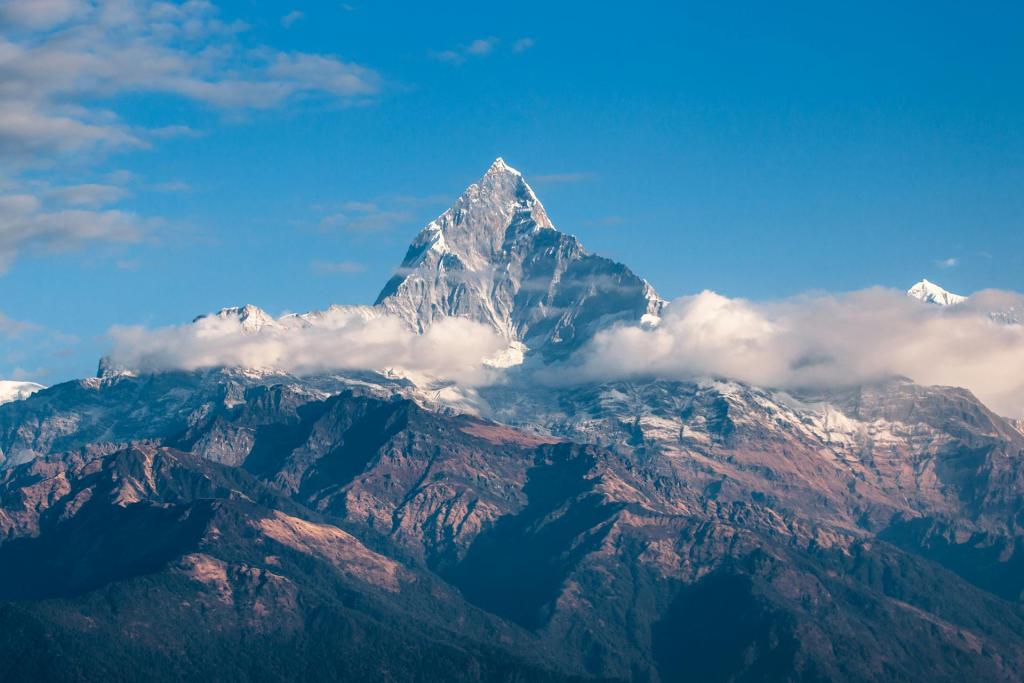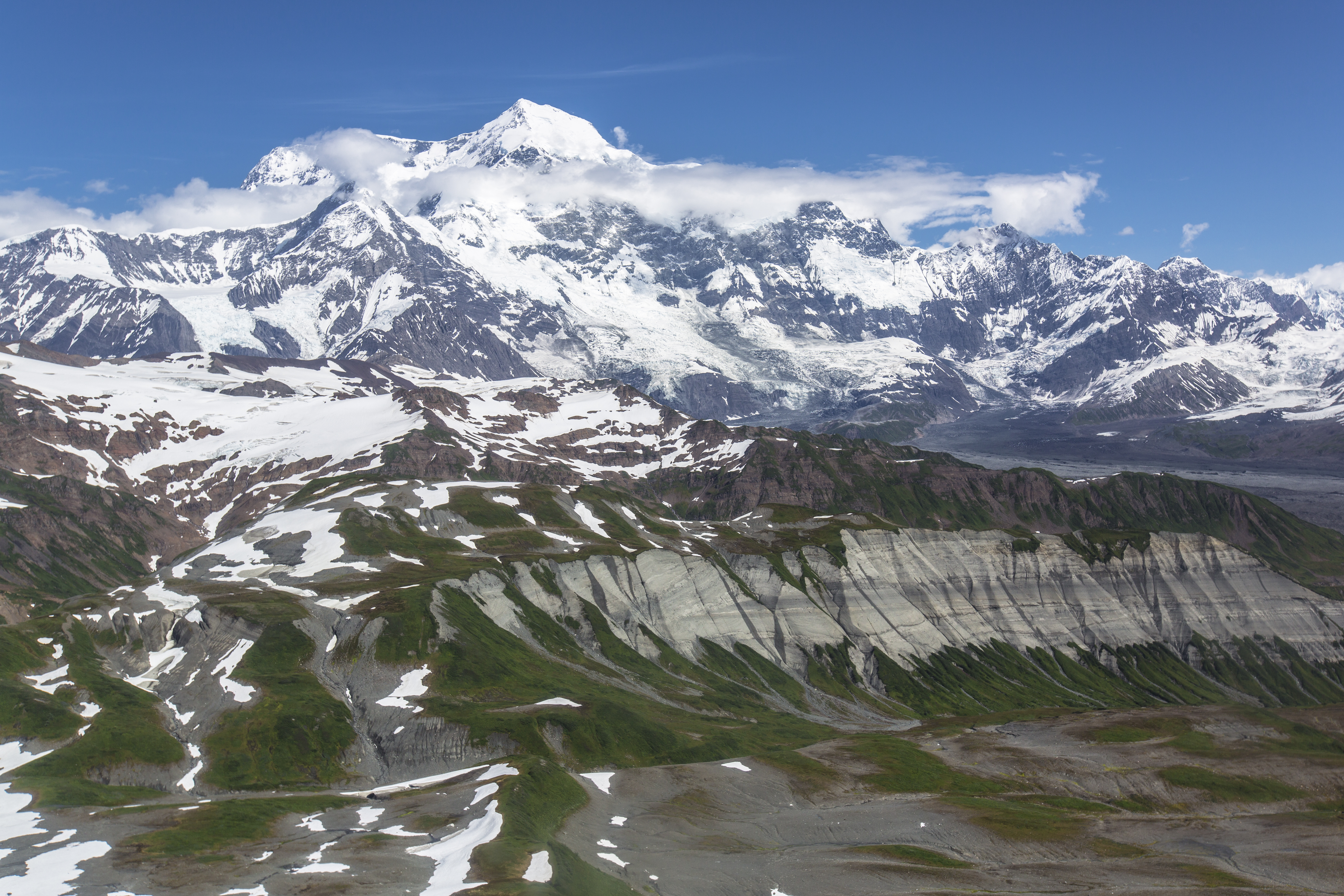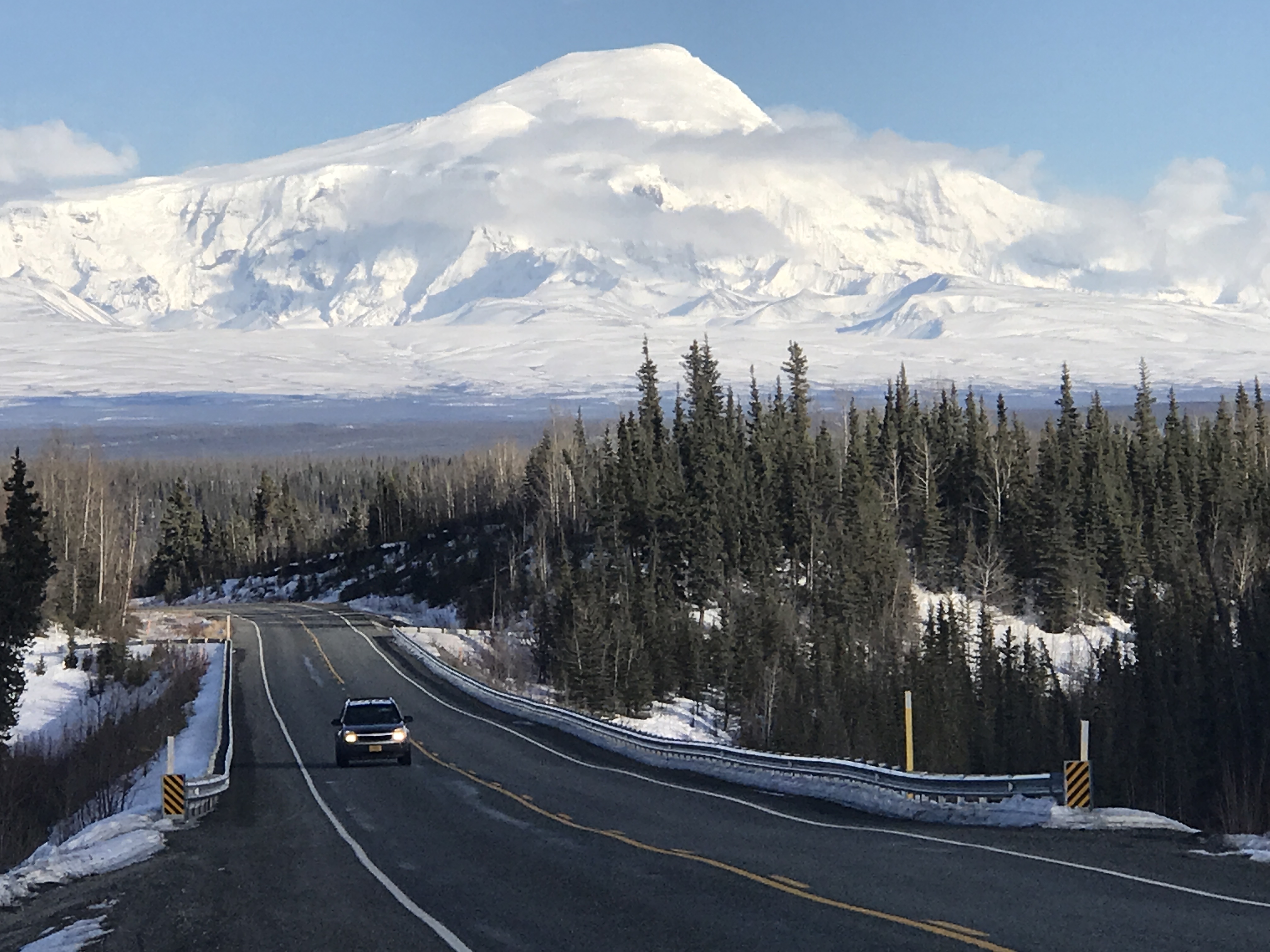
Towering above rugged landscapes and piercing the sky, the highest mountains in the U.S. are more than just geological wonders—they’re symbols of adventure, resilience, and breathtaking natural beauty. From the icy peaks of Alaska to the jagged summits of the Rockies and the towering volcanoes of the Pacific Northwest, these giants have challenged climbers, inspired explorers, and shaped the ecosystems around them.
Whether you’re a seasoned mountaineer or simply in awe of nature’s grandeur, exploring the tallest peaks in the country offers a fascinating glimpse into the forces that have shaped the American landscape for millions of years. Let’s journey to the summits of the nation’s highest mountains and discover what makes each one truly spectacular.
Denali, Alaska

Standing at a staggering 20,310 feet, Denali is the tallest mountain in North America, towering over the Alaskan wilderness with its snow-covered peaks and sheer vertical rise. Formerly known as Mount McKinley, this legendary peak is a magnet for adventurers, attracting climbers from around the world who dream of conquering its extreme conditions and unpredictable weather.
Denali is the crown jewel of Denali National Park, a vast, untamed expanse of glaciers, tundra, and breathtaking landscapes. The park is home to an incredible array of wildlife, including grizzly bears, caribou, and wolves, making it a paradise for nature lovers and photographers alike.
Beyond its physical grandeur, Denali holds deep cultural significance for Indigenous Alaskans, who have long revered it as “The High One.” Whether viewed from a scenic flight, a distant highway pull-off, or the boots of a determined mountaineer, Denali’s presence is nothing short of awe-inspiring.
Mount Saint Elias, Alaska/Canada

While Denali reigns as North America’s tallest peak, Mount Saint Elias is a close contender, standing at an impressive 18,008 feet. Straddling the rugged border between Alaska and Canada, this dramatic mountain is known for its steep, jagged slopes that seem to rise almost directly from the Gulf of Alaska. Unlike Denali’s sprawling prominence, Mount Saint Elias is famous for having one of the greatest vertical reliefs on Earth, climbing nearly 18,000 feet from sea level in just 10 miles—a breathtaking display of nature’s raw power.
Harsh storms roll in from the Gulf of Alaska, bringing heavy snowfall, high winds, and unpredictable conditions that make ascents incredibly difficult. Despite its dangers, Mount Saint Elias remains a breathtaking spectacle, towering over the Saint Elias Range and serving as a defining landmark of both Wrangell-St. Elias National Park in Alaska and Kluane National Park in Canada.
Mount Foraker, Alaska

Mount Saint Elias stuns with its sheer rise from the Gulf of Alaska, but deep within the Alaska Range, another formidable peak commands attention. Mount Foraker, standing at 17,400 feet, is the second-highest peak in the range and one of the most striking mountains in North America. Though often overshadowed by its towering neighbor, Denali, Foraker presents its own set of challenges, drawing experienced climbers with its steep ridges, unpredictable weather, and technical ascents.
Known as “Sultana,” meaning “the woman” in the Dena’ina language, Mount Foraker’s twin summits rise dramatically above the surrounding glaciers, creating a breathtaking yet formidable silhouette. Its remote location and extreme conditions make summiting this peak a true test of skill, endurance, and respect for Alaska’s rugged wilderness.
Mount Bona, Alaska

Rising to 16,550 feet, Mount Bona is one of the most awe-inspiring peaks in the Alaskan wilderness. Nestled in the heart of the Saint Elias Mountains, this snow-covered giant is both a stunning visual spectacle and a formidable challenge for mountaineers. Unlike its more famous neighbors, Bona remains relatively untouched, offering an unmatched sense of solitude and adventure.
Surrounded by vast glaciers and towering icefalls, the mountain presents a rugged terrain that tests even the most experienced climbers. Reaching its summit rewards those who dare with panoramic views that stretch across the vast Alaskan landscape—a sea of ice, rock, and sky. For anyone with a passion for exploration, Mount Bona represents the ultimate symbol of nature’s raw power and beauty.
Mount Blackburn

As one of the tallest peaks in the Wrangell Mountains, Mount Blackburn’s 16,390 feet create a commanding presence on the Alaskan landscape. A climber’s dream—and nightmare—this massive peak is covered in glaciers that twist and weave across its flanks, adding a layer of danger and beauty. The conditions are harsh, the challenges steep, but the rewards for reaching its summit are unparalleled. From the top, the rugged terrain of Alaska stretches endlessly, untouched and pure. For mountaineers, scaling Mount Blackburn offers the rare chance to experience the untamed, raw beauty of one of the most remote places on Earth.
Mount Sanford

Towering at 16,237 feet, Mount Sanford is one of the most prominent volcanoes in the Wrangell Mountains of eastern Alaska. As a massive shield volcano, it boasts smooth, broad slopes formed by ancient lava flows, distinguishing it from the more jagged peaks of the Alaska Range. Despite its impressive height, Mount Sanford remains relatively unexplored compared to other Alaskan giants, primarily due to its remote location and harsh weather conditions. It is also notable for being one of the tallest volcanoes in North America, though it has been dormant for thousands of years.
Mount Fairweather

With its jagged, glacier-covered slopes, Mount Fairweather is an awe-inspiring peak that marks the boundary between Alaska and British Columbia. Standing at 15,325 feet, it is not only the tallest mountain in British Columbia but also one of the most prominent peaks rising near the ocean. Its elevation gain from the Pacific coastline is one of the most extreme in the world, making it a geographical wonder.
The mountain’s name, given by Captain James Cook in 1778, is misleading, as it experiences some of the harshest weather on the continent. Known for its relentless storms and heavy snowfall, Fairweather remains a remote and challenging climb, but its breathtaking scenery and wild surroundings make it an iconic part of the Glacier Bay region.
The towering peaks of the United States stand as testaments to the power and beauty of nature, each with its own unique challenges, history, and breathtaking landscapes. From the icy dominance of Denali to the storm-lashed slopes of Mount Fairweather, these mountains have captivated explorers, climbers, and nature enthusiasts for generations.
Whether admired from afar or conquered through sheer determination, they serve as reminders of the wild, untamed spirit of the land. As some of the most iconic landmarks in North America, they continue to inspire awe and adventure, drawing those who seek to push their limits and experience the grandeur of the natural world.

